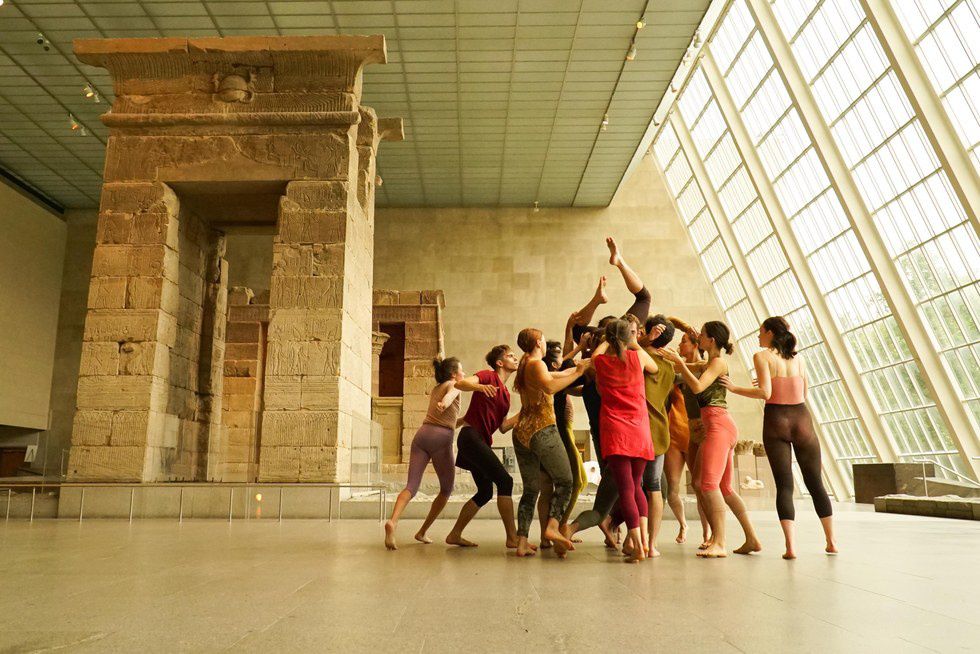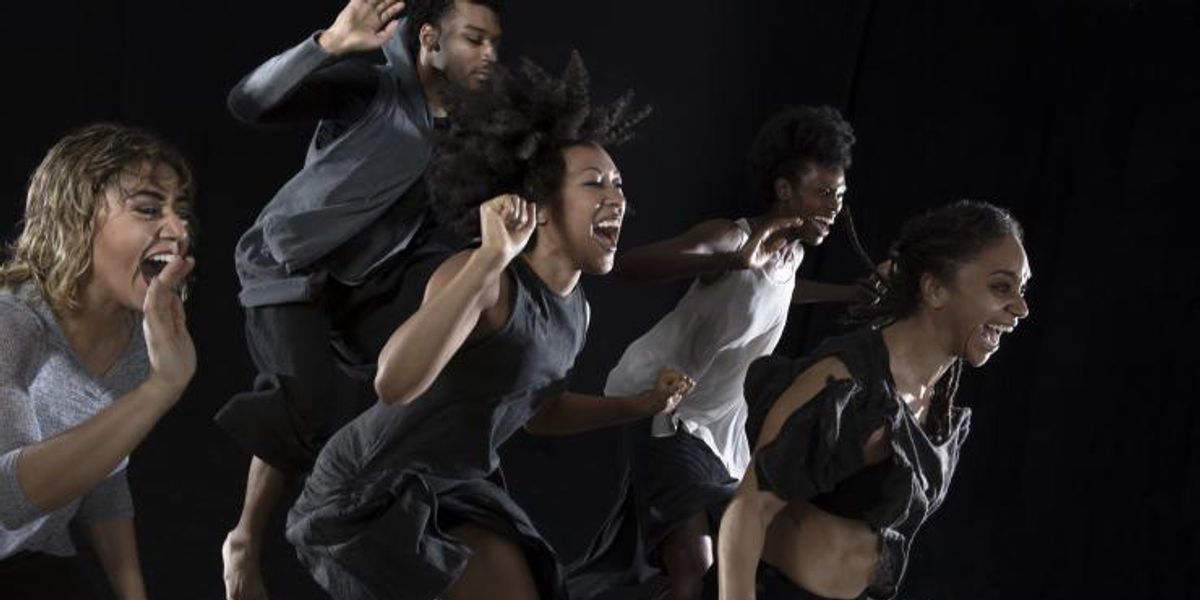What the NYC Cultural Plan Means for the Dance Community
Last month, New York City mayor Bill de Blasio unveiled Create NYC: A Cultural Plan for All New Yorkers. Stemming from two years of research into arts organizations throughout the five boroughs and feedback from over 200,000 New Yorkers, the plan seeks to diversify cultural institutions and increase funding within underserved communities.
So what does this entail for dance artists? While there is nothing specifically dance-related in the plan, many dance companies and artists within marginalized and lower-income communities stand to benefit from increased funding.
Here are the key takeaways:
The Numbers:
Nothing too surprising comes out of the research findings, which highlight some of the major work we have to do as far as making arts institutions more equitable.
- Cultural participation is 20% higher among highest income residents vs. lowest income residents.
- While 67% of NYC residents identify as people of color, only 38% of employees at cultural institutions are people of color.
- 78% of board members are white.
- 75% of artists support their income with jobs unrelated to their art.
- 97% of survey respondents say arts and culture is important to the quality of life in NYC.
As far as overall city funding for the arts, there’s good news: The city’s budget for 2018 arts funding increased by $18.5 million, to a total of $188.1 million. (Although compared to Paris’ $3.3 billion annual arts and culture budget, this number still seems low.)
Is Dance Being Represented?
During Dance/NYC’s yearly symposium in March, the organization hosted a conversation about the future of dance in NYC, as well as a presentation on the NYC Cultural Plan. So it does seem like the city is trying to listen to the dance community. However, choreographer Joanna Haigood is the only dance artist appointed to the Citizen’s Advisory Committee, a group that advises the DCLA during the “development and implementation of the cultural plan.” Although Haigood has been involved with NYC’s Dancing in the Streets for over 20 years, she relocated to San Francisco in 1979 and founded Zaccho Dance Theatre (according to their website, she is a SF-based artist.) In a city chock-full of incredible full-time dance artists, it’s curious that Haigood is the sole dance advisor.
Arts Funding for Low-Income Neighborhoods
Part of the plan’s immediate action includes $1.5 million dedicated to cultural programming in low-income areas, as well as direct grants for underrepresented groups. This allocation could directly affect dance organizations in need, particularly those located in the outer boroughs. An additional $4.5 million will go towards support for Cultural Institution Groups (the group of 33 public museums and arts groups who operate in city-owned buildings or city-owned land, such as Brooklyn Academy of Music, The Public Theater and Queens Theatre), with $1 million specifically for those in low-income communities.
Direct Support for Individual Artists
The DCLA plans to provide $750,000 in much-needed grants as immediate support for individual artists. The People’s Cultural Plan—a 17-page document drawn up by artists and activists in direct response to NYC’s plan—demands a much more aggressive solution for artist support, calling for rent freezes and legislation defining rights and wages for arts employees, independent contractors and freelance artists across DCLA-funded organizations. The People’s Plan addresses the problems of unpaid labor, gentrification and the exploitation of artists, all of which is absent from Create NYC.
A Diversity Mandate for the Cultural Workforce
One of the biggest changes coming out of the plan is the proposal to link funding to diversity. Institutions who receive city funding will be held accountable for the diversity of their employees and board members, and what they’re doing to become more equitable. As of yet, it’s unclear how exactly this will translate to funding. The plan will also help boost diversity at arts organizations through shorter-term projects, like a $740,000 professional development program at select institutions to help junior level staff grow their leadership skills, and continuing support for the CUNY Cultural Corps, which places undergraduates into paid internships at arts organizations.

Institutions like the Metropolitan Museum of Art will be held accountable for increasing the diversity of their staff. Here, Gallim Dance at the Met’s Temple of Dendur. Photo by Ani Coller.
Support for Disabled Audiences & Artists
The dance community has long discussed how we can better include disabled artists and audiences. Create NYC has set aside $2.2 million for grant programs to help create more accessible arts and culture venues.
Stay Connected
Use #CreateNYC to join the discussion on social media and visit www.nyc.gov/culture for more information on how to stay engaged with the plan.





